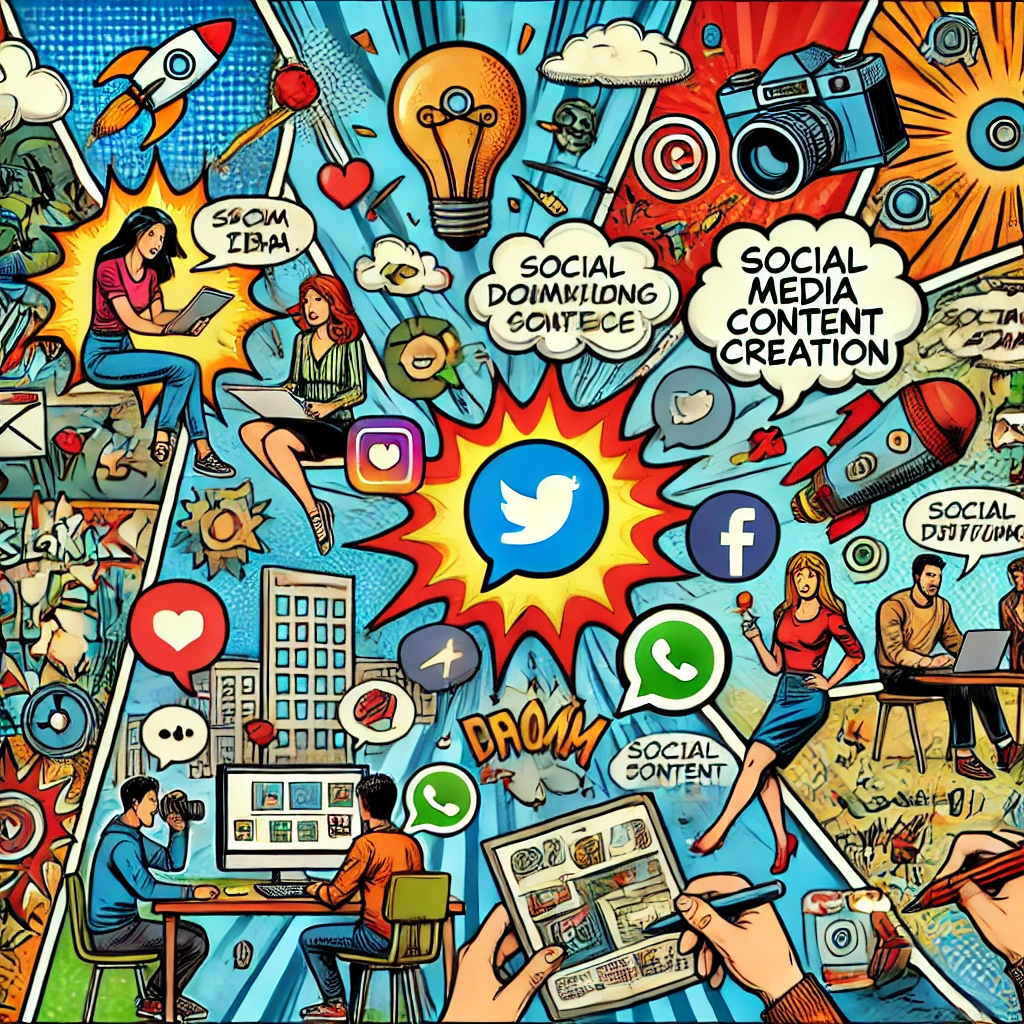Vocabulary Expansion
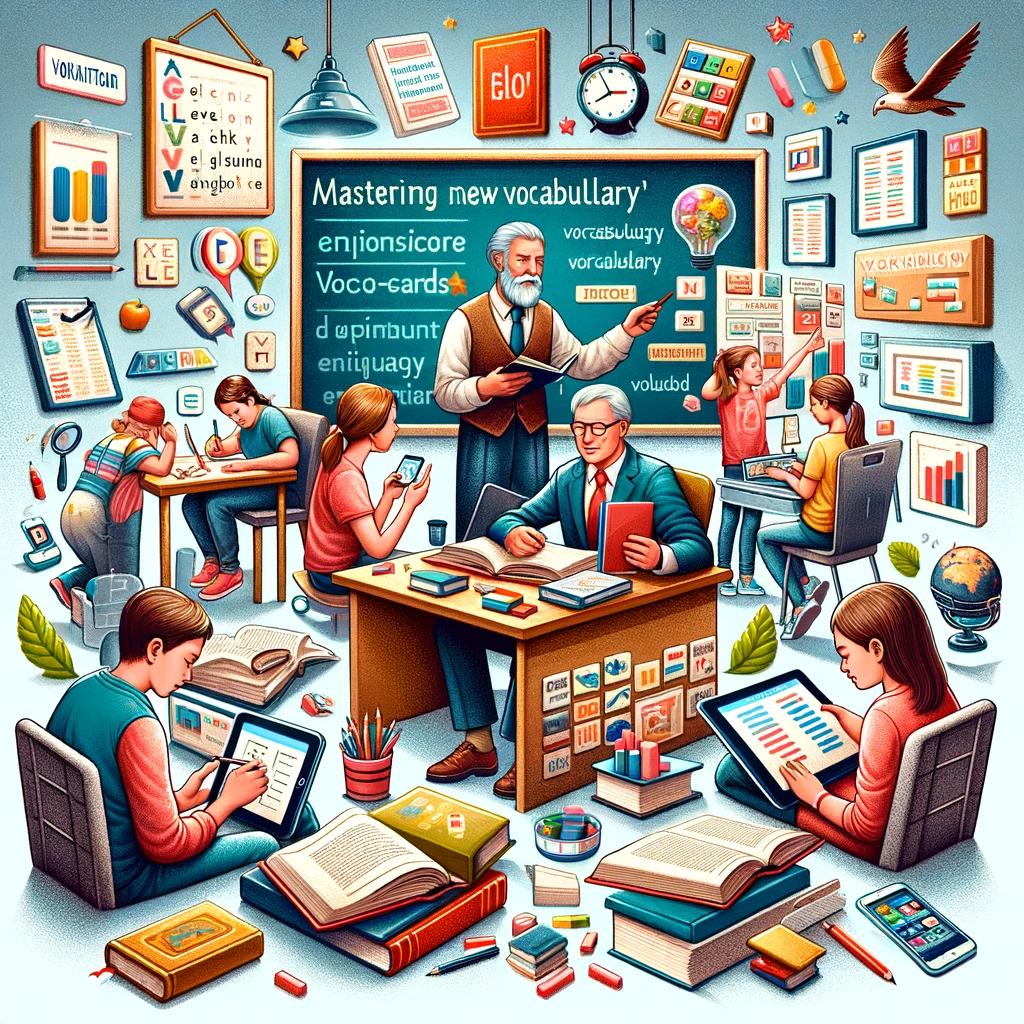
Vocabulary expansion is essential for listening and reading comprehension because it allows you to understand a wider range of words and phrases. The more words you know, the easier it is to grasp the meaning of what you’re hearing or reading without getting stuck on unfamiliar terms. It also helps you interpret context, identify nuances, and engage with more complex texts or conversations effectively.
Learning Goals
- Expand Vocabulary: You will learn new vocabulary relevant to real-world scenarios you may encounter in academic and social settings.
- Active Recall and Usage: You will engage in activities that require active recall and usage of newly learned words in various contexts.
Content
This vocabulary set provides a foundation for reading and listening surrounding modern issues and societal trends, giving students practical and contemporary language skills
- Arbitrary (AR-bih-trair-ee)
- Meaning: Based on random choice or personal whim, rather than any reason or system.
- Usage: “His decision to choose team members seemed arbitrary.”
- Conspicuous (kun-SPIC-yoo-uhs)
- Meaning: Standing out so as to be clearly visible.
- Usage: “He was conspicuous in his bright red jacket.”
- Mitigate (MIT-i-gate)
- Meaning: Make less severe, serious, or painful.
- Usage: “She wanted to mitigate the consequences of her actions.”
- Paramount (PAR-uh-mount)
- Meaning: More important than anything else; supreme.
- Usage: “Safety is of paramount importance.”
- Renewable (ree-NOO-uh-bul)
- Meaning: Not depleted when used; able to be renewed.
- Usage: “Solar energy is a form of renewable energy.”
- Ubiquitous (yoo-BIK-wi-tus)
- Meaning: Present, appearing, or found everywhere.
- Usage: “Smartphones are ubiquitous these days.”
- Viable (VYE-uh-bul)
- Meaning: Capable of working successfully; feasible.
- Usage: “The plan needs to be viable for us to proceed.”
- Empathy (EM-puh-thee)
- Meaning: The ability to understand and share the feelings of another.
- Usage: “Showing empathy is important in friendships.”
- Innovate (IN-uh-vate)
- Meaning: Make changes in something established, especially by introducing new methods, ideas, or products.
- Usage: “The company tries to innovate to stay ahead of the competition.”
- Resilient (re-ZIL-yent)
- Meaning: Able to withstand or recover quickly from difficult conditions.
- Usage: “Plants in the desert are incredibly resilient.”
Additional Resources
Check out this Quizlet activity for you to practice the new vocabulary: Modern-world terms flashcards
Learning Activities
Vocabulary Scavenger Hunt
Objective:
To engage in a dynamic and interactive way to help you understand and remember the new vocabulary by finding examples or representations of each word in their surroundings or from the internet.
Instructions:
- Preparation:
- You will be provided with a list of the new vocabulary words.
- The meanings, usage, and pronunciation of each word using the interactive presentation previously discussed will be explained.
- Scavenger Hunt Setup:
- You can participate individually or in small teams.
- A task for each vocabulary word will be assigned. For example, find an image online that represents “ubiquitous” or take a photo of something “renewable” in the school environment.
- The teacher will set a time limit (e.g., 30 minutes) for the scavenger hunt.
- Execution:
- Use your smartphones or tablets to search for images or take pictures that best illustrate the vocabulary words.
- Be creative: the representation should not only depict the word but also its usage in a real-world context.
- Presentation:
- After the scavenger hunt, present your findings to the class.
- Each presentation must include an explanation of why you chose each particular image or item for the corresponding word.
- Gamification Element:
- Krugs will be given for creativity, accuracy, and presentation skills.
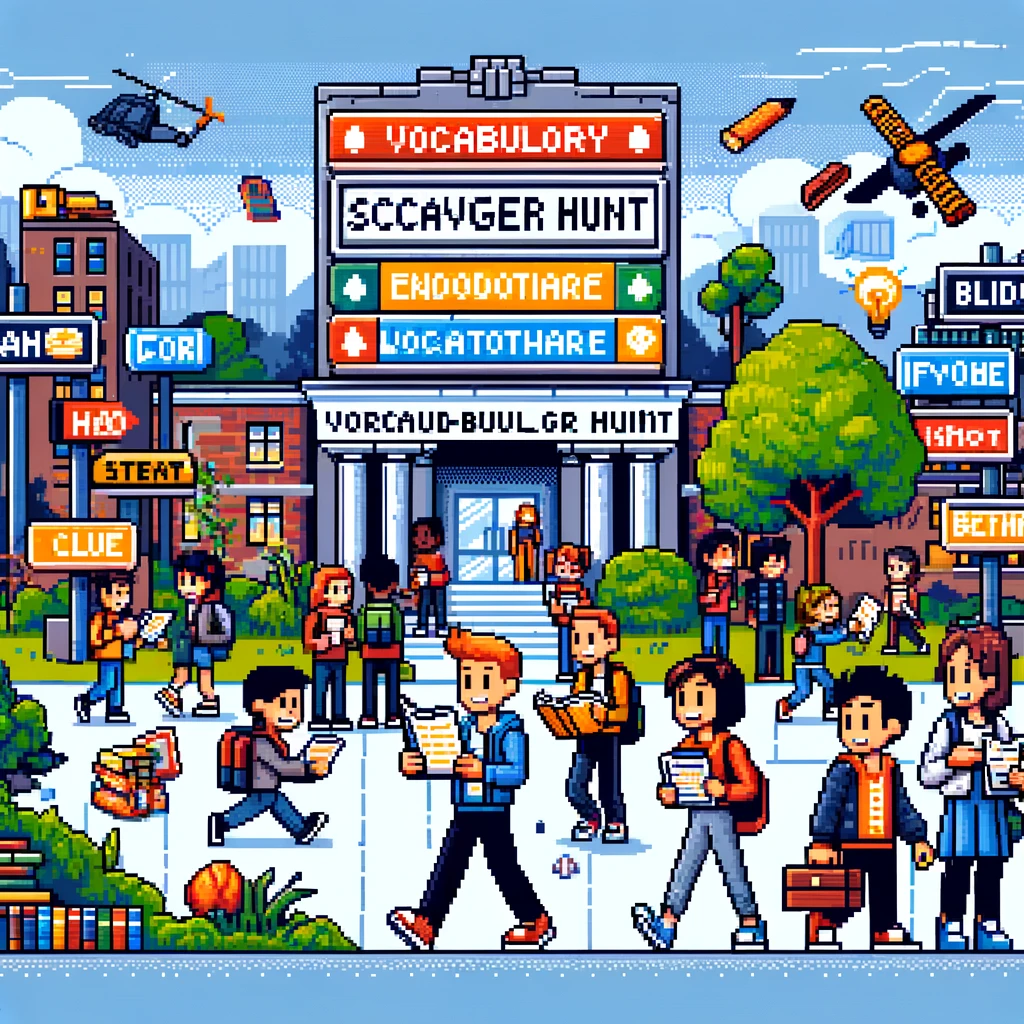
Vocabulary Role-Play
Objective:
Enhance your understanding of the new vocabulary through the use of role-playing, which encourages you to apply the vocabulary in spoken context, improving both your speaking and listening skills.
Instructions:
- Preparation:
- The class will be divided into small groups, assigning each group a scenario that involves several of the vocabulary words.
- Scenarios should be open-ended and relevant to your experiences. For instance, planning a “sustainable” school event, discussing how to “innovate” school processes, or navigating a story where characters show “empathy.”
- Role-Play Setup:
- You’ll have time to prepare your roles and dialogues, ensuring you incorporate the vocabulary words effectively.
- Think about how your body language, tone, and pace can reflect the meaning of the words.
- Performance:
- Each group performs their role-play in front of the class.
- You should note down the vocabulary words used during each performance.
- Gamification Element:
- You will vote on which group used the vocabulary most effectively and creatively.
- Award bonus points for extra creativity in using the vocabulary in context.
- Review and Feedback

Speech Crafting Using New Vocabulary
Objectives:
- Enhance Vocabulary Integration: Integrate newly learned vocabulary into structured speech, demonstrating understanding and appropriate usage.
- Promote Public Speaking Skills: Develop your abilities to articulate your ideas clearly and confidently in a public setting.
- Encourage Research and Critical Thinking: Research and think critically about a topic that interests you, using relevant vocabulary to express complex ideas.
- Foster Reflective Learning: Reflect on your learning process and the practical application of vocabulary in real-life contexts.
Instructions:
- Introduction:
- We will recap the list of new vocabulary words (sustainability, innovate, blockchain, multicultural, empathy, cryptocurrency, algorithm, stereotype, e-commerce, biodiversity) and their meanings.
- The importance of using these words effectively in speeches to enhance clarity and engagement will be explained.
- Topic Selection:
- You have to select a topic for your speech. Topics should be broad enough to incorporate at least three of the new vocabulary words. Suggested topics include:
- Personal Ambition: Discuss an ambition or goal, like starting a tech company or launching a sustainability initiative.
- Recent Technology: Explore recent technological advancements such as blockchain in finance, the rise of cryptocurrency, or innovations in AI algorithms.
- Global Issue: Address global issues like the need for greater empathy in multicultural societies, the impact of e-commerce on traditional businesses, or the importance of biodiversity conservation.
- You have to select a topic for your speech. Topics should be broad enough to incorporate at least three of the new vocabulary words. Suggested topics include:
- Research and Speech Writing:
- You’ll have time to research your chosen topic and draft a 1-2 minute speech. Use the new vocabulary accurately and persuasively.
- Your aim is to define or clearly explain each vocabulary word within the context of their speech to demonstrate full understanding.
- Practice and Peer Feedback:
- You’ll have time to practice your speech in small groups or pairs. Peers should provide feedback not only on the use of vocabulary but also on clarity, delivery, and engagement of the speech.
- Refine your speech based on the feedback you receive.
- Speech Presentations:
- Present your speeches to the class.
- Class Discussion and Reflection:
- After all presentations, a brief discussion about the speeches will be held. Discuss how effectively the vocabulary was used and how it enhanced the understanding of the topics.
- Reflect on what you learned from this exercise and how you can apply these vocabulary words in other academic or real-world contexts.
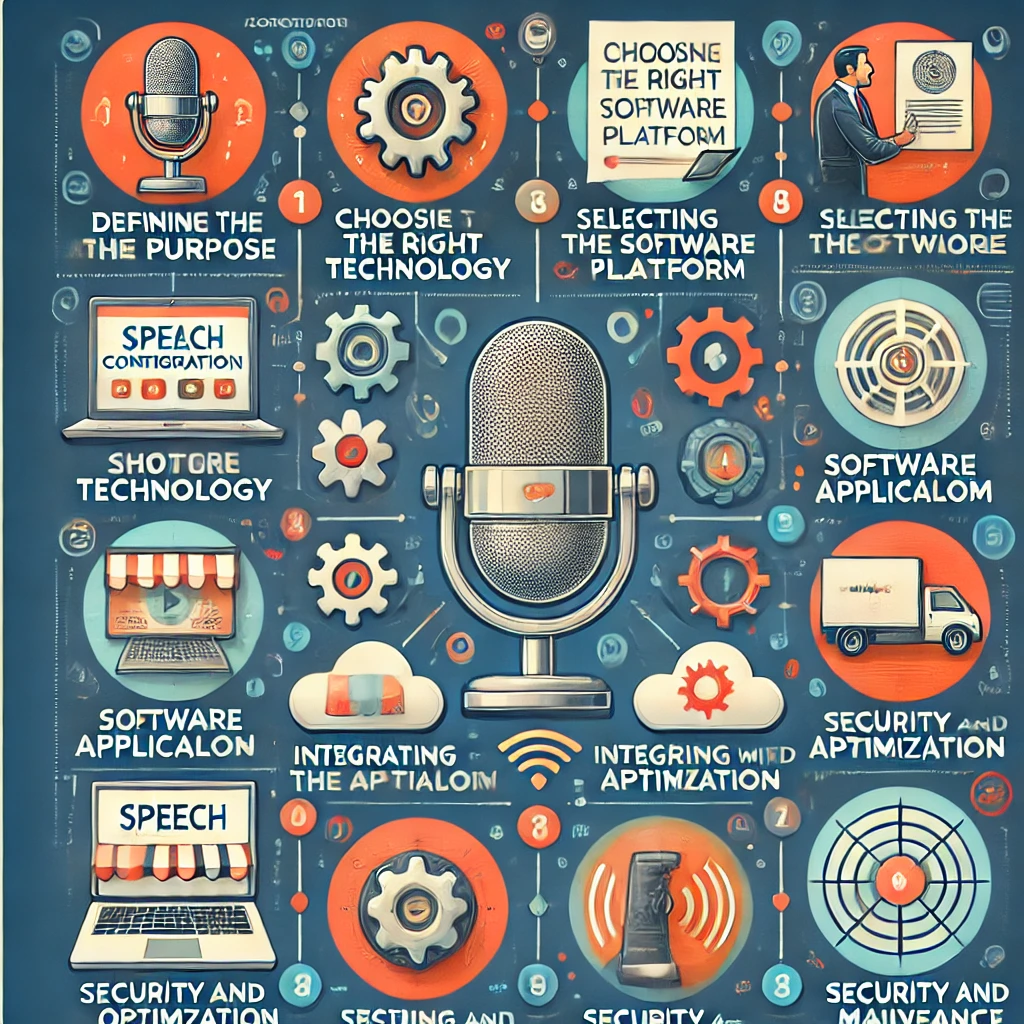
Group Challenge – Collaborative Story or Dialogue Creation
Objectives:
- Reinforce Vocabulary Mastery: Strengthen your understanding and application of new vocabulary in a collaborative and creative context.
- Enhance Teamwork and Collaboration: Develop your ability to work effectively in teams, combining individual ideas to create a cohesive narrative.
- Promote Creative Expression: Use your imagination to weave vocabulary into a narrative or dialogue creatively.
- Improve Contextual Understanding: Grasp the practical use of vocabulary through its integration into meaningful written communication.
Instructions:
- Introduction:
- We will begin with a quick review of the new vocabulary: sustainability, innovation, blockchain, multicultural, empathy, cryptocurrency, algorithm, stereotype, e-commerce, and biodiversity.
- The importance of using these terms correctly and creatively in written form will be explained.
- Group Formation:
- We will divide the class into small groups of 3-4 students. Each group will work together to create a story or dialogue incorporating all the new vocabulary words.
- Brainstorming Session:
- Each group spends a few minutes brainstorming ideas for their story or dialogue. Think of scenarios where you can naturally use words like “blockchain,” “empathy,” or “biodiversity.”
- Possible scenarios could include:
- A debate about the role of cryptocurrency in modern economics.
- A discussion between characters from different cultural backgrounds, highlighting “multicultural” and “stereotype.”
- A business meeting where a new “sustainable” product or “innovation” is being planned.
- Writing the Story or Dialogue:
- Groups write their story or dialogue. Each member should contribute to ensure that the vocabulary is used correctly and effectively.
- Remember to aim for a narrative or dialogue that not only includes the vocabulary but also makes sense and is engaging to read.
- Peer Review:
- Once the stories or dialogues are drafted, groups exchange their work with another group for peer review. Each group provides feedback on the use of vocabulary, creativity, and the overall flow of the narrative.
- Revisions:
- Groups revise their stories or dialogues based on the feedback received, refining their usage of vocabulary and improving narrative coherence.
- Presentation:
- Groups present their final stories or dialogues to the class. This could be done through a simple reading or a more dynamic enactment.
- Listen actively and think about how effectively each group used the vocabulary.
- Reflection and Discussion:
- We will conclude with a class discussion about the activity. Share what you learned about the vocabulary and its application.
- We will discuss any challenges you faced during the creative process and how you overcame them.

Reading Comprehension – ShORT ARTICLES

Learning Objectives
- Improve Reading Comprehension: Enhance your ability to understand and interpret detailed B2-level texts.
- Visual Learning Enhancement: Use images to aid comprehension and make connections between text and visual representations.
- Encourage Critical Thinking: Develop your skills in analyzing information and making inferences from the text.
- Promote Engagement Through Gamification: Incorporate elements of gamification to make learning more engaging and interactive.
You will now read the following short article titled “City Gardens” before participating in two related activities.

“City Gardens”
Urban environments are often associated with concrete landscapes, high-rise buildings, and bustling streets. Amidst this urban jungle, city gardens emerge as vital green spaces that not only beautify the city but also promote community well-being and environmental sustainability.
Community gardens are small plots of land collectively cared for by members of the neighborhood. These green spaces are not just for planting flowers and vegetables; they are also a hotspot for community activities. Studies show that participating in community gardens enhances residents’ physical and mental health by reducing stress and encouraging physical activity. Moreover, these gardens help to foster a sense of community among residents, as they work together to maintain the garden and often share their harvest among each other.
The environmental benefits of city gardens are equally significant. They improve air quality, reduce runoff from rain, and increase biodiversity by providing habitats for various urban wildlife. By converting vacant lots into lush gardens, cities can combat the ‘urban heat island’ effect, where cities become significantly warmer than their rural surroundings due to human activities.
As cities continue to grow, the importance of these green spaces cannot be underestimated. They offer a refuge from the fast-paced urban lifestyle and a unique opportunity to connect with nature.
ACTIVITY 1
- Setup: After reading, form teams of 3-4.
- Quiz Creation: Each team will create five multiple-choice questions based on the text. Questions should cover key details, main ideas, and vocabulary.
- Exchange and Solve: Teams will then exchange their quizzes with another team and complete them.
- Review Answers: Teams review and discuss the correct answers, referring back to the text to clarify any misunderstandings.
ACTIVITY 2
- Creative Brief: Using the details from the reading, design your ideal city garden. You must include elements mentioned in the text, such as spaces for community activities, environmental benefits, etc.
- Drawing and Description: Draw your garden design and write a short description of how it incorporates the features and benefits discussed in the reading.
- Presentation: Teams present their garden designs to the class.
Gamification Element: The class will vote for the most innovative and practical garden design. If your team wins, you earn “Krugs.”

FORMAL COMPREHENSION: News Reports and News Articles
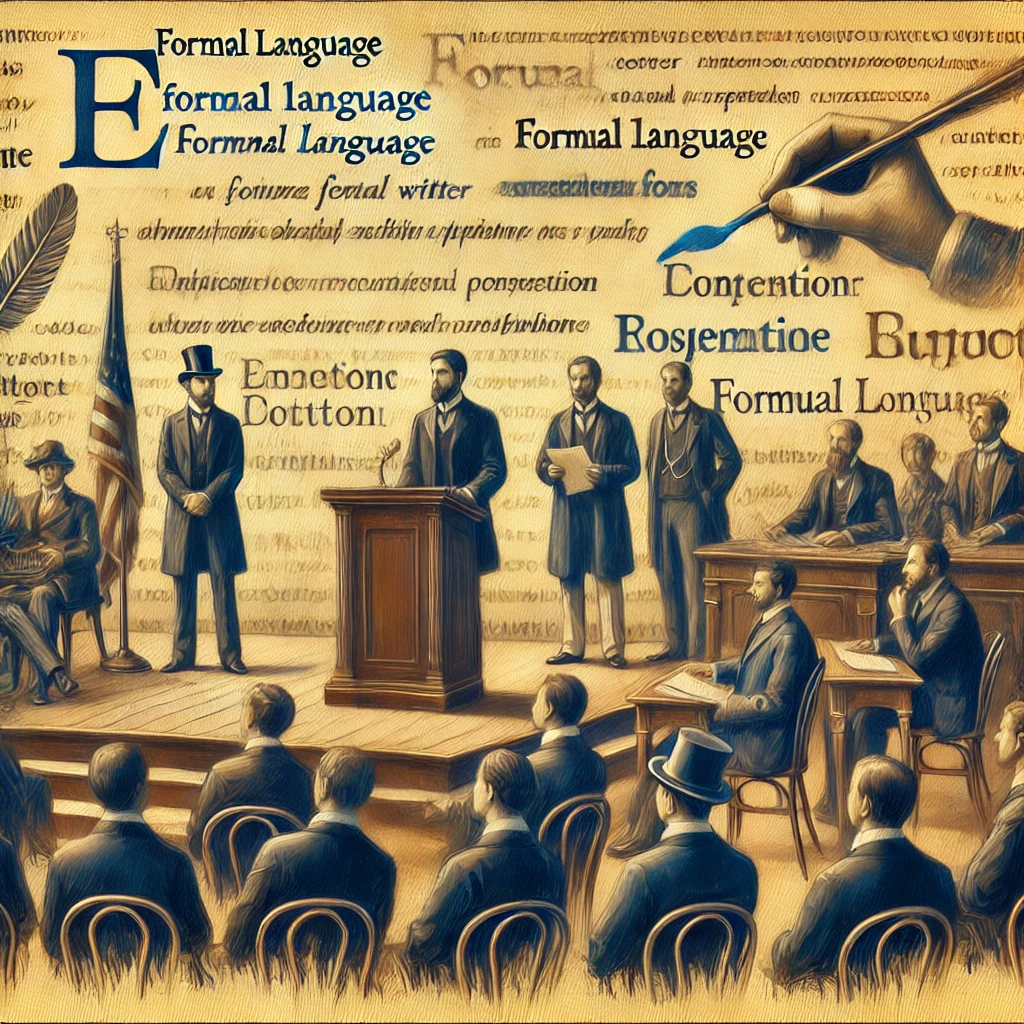
Learning Goals
Differentiate Between Formal and Informal Contexts: Learn to recognize and understand the differences between formal and informal language in reading and listening.
Enhance Comprehension Skills: Improve your ability to comprehend and analyze both formal and informal texts and audio.
Apply Contextual Understanding: Use context to interpret the tone, purpose, and audience of the communication.
Develop Critical Thinking: Analyze the content, structure, and purpose of various types of formal and informal communications.
Content
News Reports
News reports provide factual information about recent events. They are typically brief, focusing on the key facts such as who, what, when, where, why, and how.
Example: A report on a natural disaster, detailing the location, impact, and response efforts.
News Articles
News articles often explore a topic in more depth, providing background information, analysis, and sometimes opinions. They are longer and may include interviews, quotes, and expert commentary.
Example: An article discussing the implications of a new law, with perspectives from various stakeholders.

Structure of News Reports and Articles
Headline: Summarizes the main point or topic of the report/article.
- Example: “Local Community Rallies After Major Flood.”
Lead (Introduction): The opening paragraph that provides a summary of the most important information.
- Example: “Residents in the small town of Riverbend are coming together to support each other after a flood devastated the area yesterday, displacing hundreds.”
Body: Provides detailed information, including facts, quotes, and background.
- Example: “The flood, caused by heavy rainfall, has been described as the worst in the town’s history. Emergency services are on the scene, and local charities have set up shelters for those affected.”
Conclusion: Often includes final thoughts, a call to action, or information about what happens next.
- Example: “Officials are urging residents to stay informed through local news channels for updates on recovery efforts.”
Uses of Formal News Reports and Articles

Informing the Public:
- News reports and articles are primary sources of information for the public, keeping people informed about current events, government decisions, and global issues.
Providing Analysis:
- News articles often analyze events, helping readers understand the implications of what’s happening and offering various perspectives.
Supporting Critical Thinking:
- Reading news critically helps you develop the ability to evaluate sources, distinguish between fact and opinion, and recognize bias.
Facilitating Discussions:
- News reports and articles are often used as the basis for discussions in academic and professional settings, making comprehension essential for meaningful participation.
Documenting History:
- News articles serve as records of events, preserving information for future reference and study.
INFORMAL COMPREHENSION: Conversations, Personal Opinion Articles, and Social Media Content

Content
Informal Conversations
These are everyday dialogues that happen between friends, family, or acquaintances. They are relaxed and often use slang, idiomatic expressions, and casual language.
Example: “Hey, what’s up? Wanna grab a coffee later?”
Personal Opinion Articles
These are written pieces where the author expresses their personal views on a topic. They are subjective, use a conversational tone, and may include humor, anecdotes, and rhetorical questions.
Example: A blog post titled “Why I Think Summer is the Best Season.”
Social Media Content
This includes posts, comments, tweets, and other content shared on platforms like Instagram, Twitter, and Facebook. It is often brief, informal, and uses abbreviations, hashtags, and emojis.
Example: A tweet saying, “Just finished my workout! Feeling amazing! 💪 #FitnessGoals”
Uses of Informal Language

Building Relationships:
- Informal language is essential for establishing and maintaining personal relationships. It creates a sense of closeness and familiarity.
Expressing Personal Views:
- Informal language allows individuals to express their opinions and emotions freely, often in a more engaging and relatable way.
Social Media Communication:
- Informal language dominates social media, where brevity and informality are key to engaging with others online.
Casual Communication:
- It’s used in casual settings where formal language would be too stiff or inappropriate, such as in chats with friends or family.
Cultural Expression:
- Informal language often reflects cultural trends, slang, and evolving language practices, making it a rich area for understanding contemporary communication.
ADDITIONAL RESOURCES
– Click on the following link for more information: Formal and informal language
Learning Activities
EGB
Headline Matching
Objective: Understand the importance of headlines and match them to appropriate news reports.
Instructions:
- Task: Read several short news reports provided by the teacher.
- Matching: Match each report with the correct headline from a list.
- Class Discussion: Discuss how headlines summarize the main point of the report and why they are effective.
- Example: Matching a report on a school event with the headline “Local Students Win Science Fair.”

Fact vs. Opinion
Objective: Differentiate between factual information and opinions in a news article.
Instructions:
- Task: Read a news article and highlight sentences that are factual in one color and opinions in another.
- Class Activity: Share your findings with the class and discuss how distinguishing between facts and opinions can help in understanding the article’s bias.
- Example: Highlighting factual information about a new law and differentiating it from opinions expressed by an expert in the article.
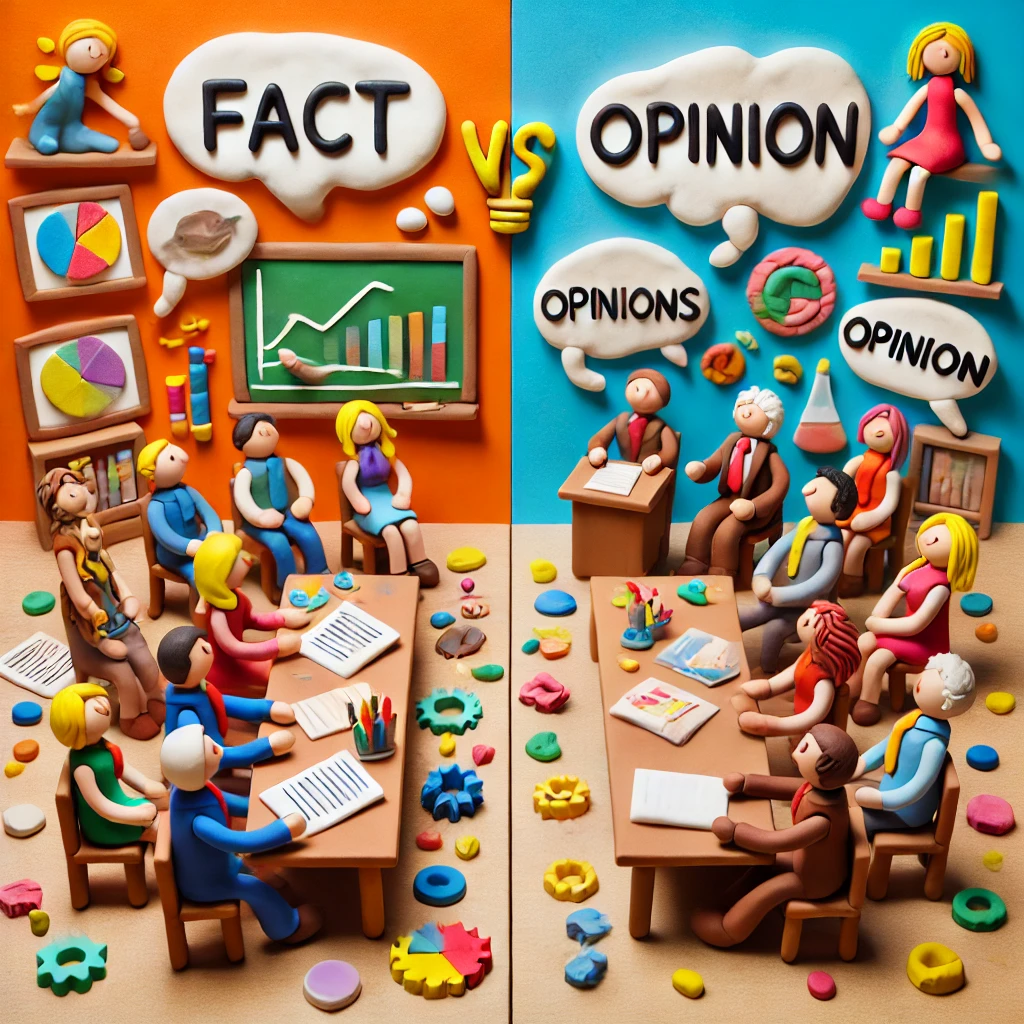
Social Media Analysis
Objective: Analyze informal language used in social media posts.
Instructions:
- Task: Choose a few social media posts from platforms like Instagram, Twitter (now “X”), or TikTok.
- Analysis: Identify and discuss the informal language, abbreviations, hashtags, and tone used in the posts.
- Class Discussion: Share your findings with the class and discuss the effectiveness of informal language in social media communication.
- Example: Analyzing a tweet that uses slang, emojis, and hashtags to convey a message quickly and informally.

BGU
News Article Analysis
Objective: Analyze a news article to understand its structure and content.
Instructions:
- Task: Choose a news article and break it down into its main components: headline, lead, body, and conclusion.
- Class Activity: Present your analysis to the class, explaining how each part contributes to the overall effectiveness of the article.
- Discussion: Discuss the role of structure in making the article clear and engaging.
- Example: Analyzing an article on a political event, identifying how the lead captures attention, and how the body provides detailed analysis.

Writing a News Report
Objective: Apply your understanding of formal news language by writing your own news report.
Instructions:
- Scenario: Choose a recent event at your school or in your community.
- Writing: Write a news report about the event, including a headline, lead, body, and conclusion.
- Class Activity: Share your reports with the class and discuss how well they convey the information.
- Example: Writing a report on a school charity event, focusing on who, what, when, where, why, and how.

Social Media Content Creation
Objective: Create engaging social media content using informal language.
Instructions:
- Task: Choose a topic you’re passionate about and create a series of social media posts, including captions, hashtags, and emojis.
- Sharing: Share your posts with the class and discuss how informal language can make content more engaging and relatable.
- Class Activity: Vote on the most creative and engaging posts.
- Example: Creating posts about a favorite hobby, using informal language and visuals to connect with an audience.
